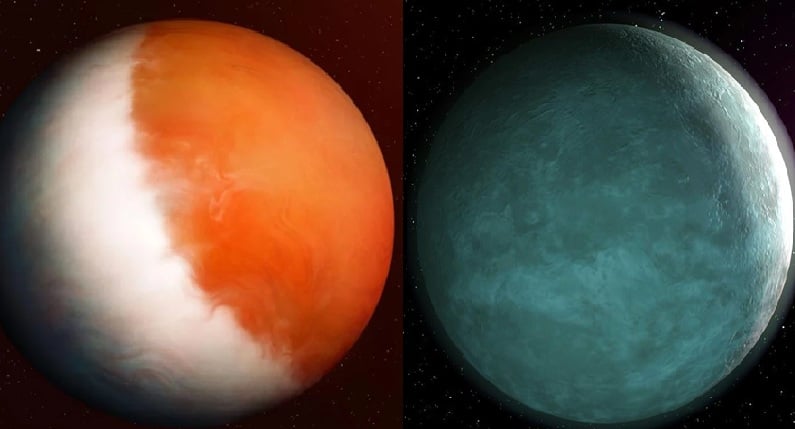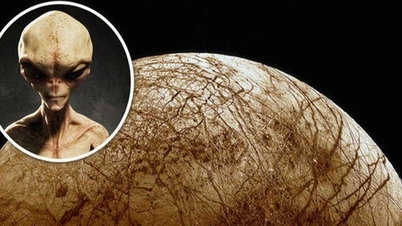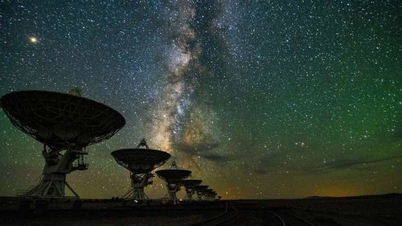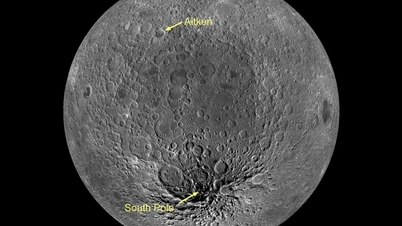(NLDO) - The planet described as a "glittering hell" completes one orbit around its mother star in a time equivalent to only 0.8 days on Earth.
Scientists were surprised when using the super telescope James Webb to learn more about LTT 9779 b, an exoplanet 29 times more massive than Earth, found since 2020 by previous observation systems.
Writing in the scientific journal Nature Astronomy, a team of authors from the Trottier Institute for Exoplanet Research (IREx) at the University of Montreal (Canada) described LTT 9779 b as a "glittering hell".

Image depicting LTT 9779 b after observations from James Webb (left) and before - Photo: IREx/NASA
With temperatures soaring to nearly 2,000°C and a tidally locked orbit, one half of LTT 9779 b faces eternal flame, the other half eternal darkness, according to SciTech Daily .
However, reflective clouds in the planet's western hemisphere – the night-covered half – create a surprising twist, revealing complex atmospheric dynamics.
The authors discovered an asymmetry in the world 's daytime reflectivity.
This is due to an uneven distribution of heat and clouds, caused by strong eastward winds that transport heat around the planet. As such, its night side may be warmer than previously thought.
These findings help improve models of how heat is distributed on tidally locked planets, thereby bridging the gap between theory and observation.
In addition, scientists also detected signs of water vapor, a rare occurrence in such hellish worlds.
All of the new findings were unexpected by the team, helping to provide an exciting picture of a very strange and rare type of planet in the universe.
LTT 9779 b is a "hot Neptune" - a hot Neptune-like planet - orbiting a star nearly as massive as the Sun, 262 light-years from Earth.
The distance between it and its parent star is only 0.01679 times the Earth-Sun distance, so 1 day on this planet is only 0.8 days on Earth.
LTT 9779 b lies in what astronomers call the “Neptune desert,” meaning it’s rare for a planet of this type to be located where it is in a star system. So learning about it opens a new window into cosmology.
Source: https://nld.com.vn/phat-hien-dieu-ky-la-o-noi-1-nam-ngan-hon-1-ngay-trai-dat-196250303094438088.htm












































































































Comment (0)